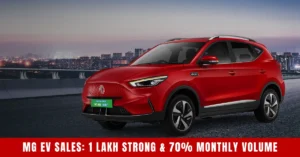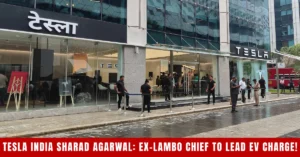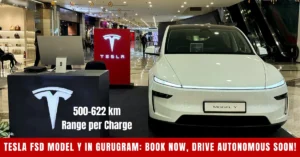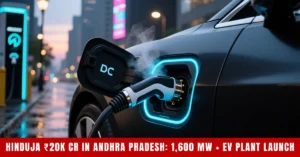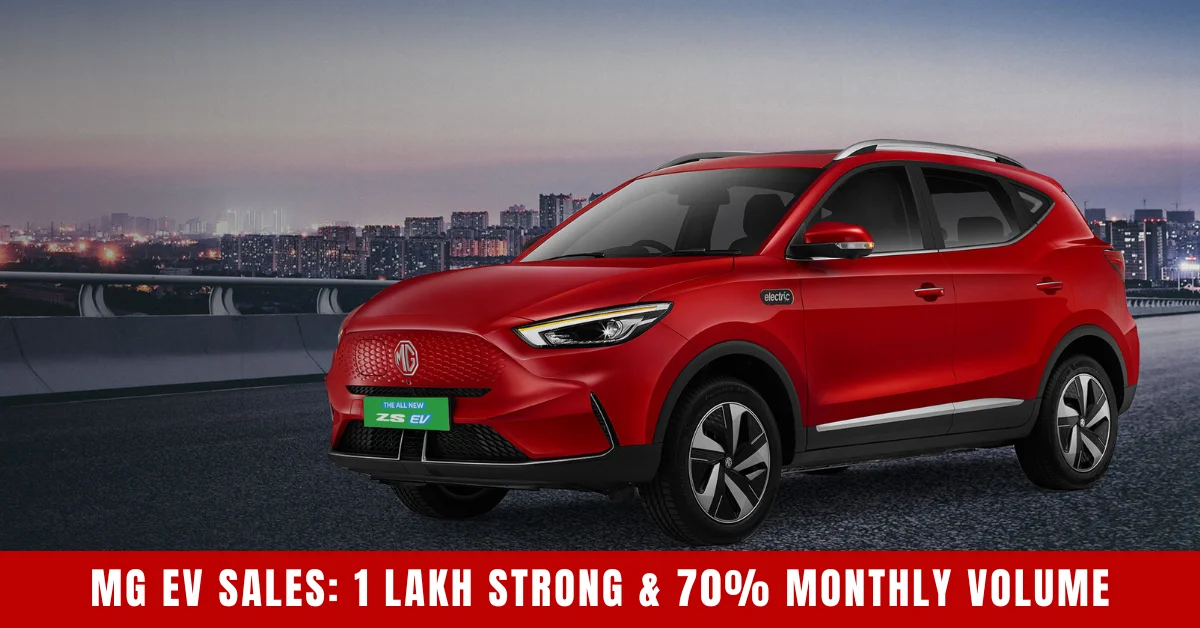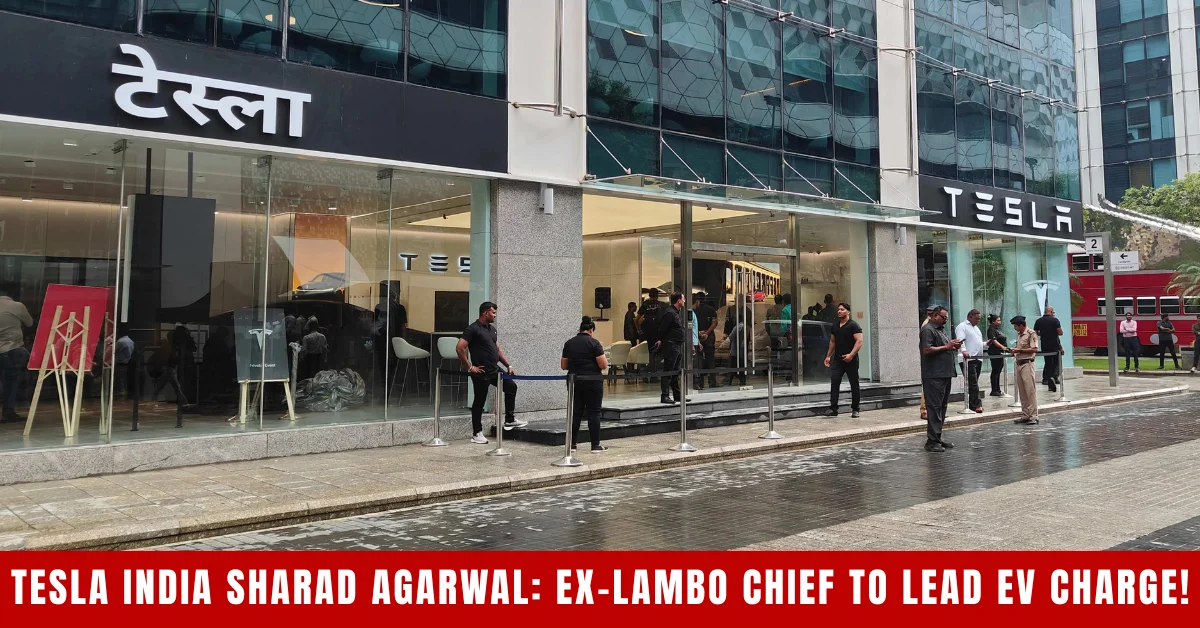
Overview
- Massive Rollout: Karnataka plans 1,500 high-capacity EV charging stations under PM E-Drive, targeting Bengaluru, highways, industrial corridors, and Tier-2 towns.
- Clear Roadmap: Defined targets, budgets, and timelines set it apart from past unfulfilled promises, aiming to eliminate range anxiety.
- Pain Points Tackled: Addresses slow, unreliable chargers and downtime, boosting turnaround for fleets and confidence for private users.
- Adoption Catalyst: Aligns with PM E-Drive’s ₹10,000 crore for 72,000 chargers, supporting India’s 6% EV penetration and 30% goal by 2030.
- Execution Challenges: Success hinges on stable grids, smart distribution, real-time data, and digital payment integration.
- Public Buzz: Social media reflects cautious optimism; fast chargers could drive Karnataka’s 5,871 stations to lead India’s EV infra.
- National Model: Sets a benchmark for states, spurring competition in India’s 2.5 million EV sales market in 2025.
Karnataka Charges Up: 1,500 High-Capacity EV Stations to Redefine Mobility
Bengaluru, October 21, 2025 – Karnataka, India’s tech and auto powerhouse, is accelerating its electric vehicle (EV) revolution with a plan to install 1,500 high-capacity charging stations under the PM E-Drive scheme. Spanning Bengaluru, key highways, industrial corridors, and Tier-2 towns, this ambitious network aims to crush range anxiety and supercharge EV adoption for private owners, delivery fleets, and ride-hailing services. With clear budgets and timelines, Karnataka’s roadmap could make it India’s EV infrastructure gold standard, as other states eye its model amid a 2.5 million EV sales forecast for 2025.
Solving EV Pain Points
Current public chargers—often slow, non-functional, or scarce—frustrate users, hitting fleet profitability with downtime and limiting private drivers’ range. Karnataka’s high-capacity chargers promise rapid charging, slashing wait times and boosting daily trips for commercial operators. “For private users, it’s worry-free long drives; for fleets, it’s more revenue,” analysts note. Extending beyond Bengaluru to trade routes and smaller towns, the network could normalize EVs where infrastructure lags, aligning with India’s 6% penetration and 30% target by 2030.
A Boost for Confidence and Sales
Range anxiety deters many from EVs, but Karnataka’s dense, reliable network aims to change that. “Accessible fast chargers will drive sales and retain users,” experts predict, noting Karnataka’s 5,871 existing stations already lead nationally. Integrated with PM E-Drive’s ₹10,000 crore for 72,000 chargers, the plan emphasizes interoperability and public-private investment. Success could spark a 20% surge in Karnataka’s EV adoption, mirroring Maharashtra’s electric highway momentum.
Execution: The Make-or-Break Factor
Past EV charging efforts faltered due to high tariffs, poor maintenance, and grid constraints. Karnataka’s plan demands stable grids, strategic station placement, and incentives for operator uptime. Real-time charger status and digital payments are critical for user trust. “It’s not just about numbers—it’s about reliability,” said a Bengaluru EV owner on X, echoing cautious optimism across social media.
Setting a National Benchmark
If Karnataka delivers, its 1,500 chargers could redefine India’s EV landscape, inspiring states like Tamil Nadu and Gujarat. With 1.2 million EVs sold in 2024–25, this network supports FAME-III’s localization goals, reducing reliance on China’s battery dominance. By fostering competition and confidence, Karnataka could lead India’s charge toward a greener, electrified future.
Source: www.cartoq.com
Read more about EV Car News
Also Read
- MG EV Sales Cross 1 Lakh Milestone in India: 35% Market Share & 70% Monthly Volume!
- Tesla India Sharad Agarwal: Ex-Lamborghini Head Appointed Country Chief to Revive EV Sales
- Tesla Driverless Model Y in Gurugram: FSD Display at Ambience Mall—Book Now, Deliver in 30 Days!
- BYD EV Cash Burn 2025: $10 Billion Outflow Despite $100 Billion Revenue – What’s Going Wrong?
- Hinduja Group Andhra Investment: Hinduja Group to Invest ₹20,000 Cr for 1,600 MW Power Boost, EV Plant & Charging Network!
- Tata Motors EV Sales October 2025: 40% Market Grip Amid 56% Surge – Kia Zooms to No. 4!
